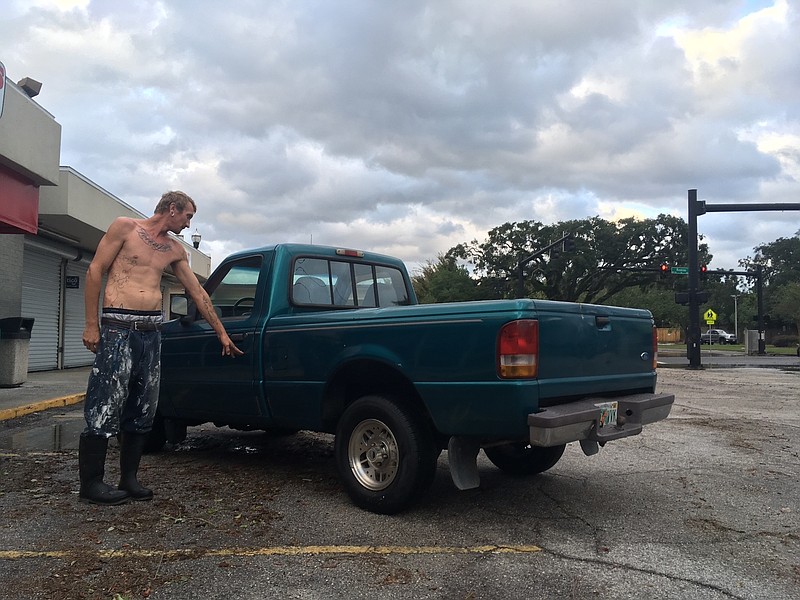JACKSONVILLE, Fla. (AP) - Scientists say Hurricane Irma's girth, path and some quirks of geography put some twists on its storm surge.
Irma's eye didn't get within 80 miles of Jacksonville, and it had weakened to a tropical storm during its journey up the Florida peninsula. But the highest water levels were not in southwest Florida, where Irma made its second U.S. landfall after the Florida Keys.
The National Oceanic and Atmospheric Administration says Jacksonville and Savannah, Georgia, had the highest observed water levels. And farther up Florida's west coast, there was a rare reverse storm surge, draining water from the shore and bays before it came back with a vengeance.
It was the northeast corner of Irma - with its most potent winds, rain and surge - that delivered the most watery punch.
